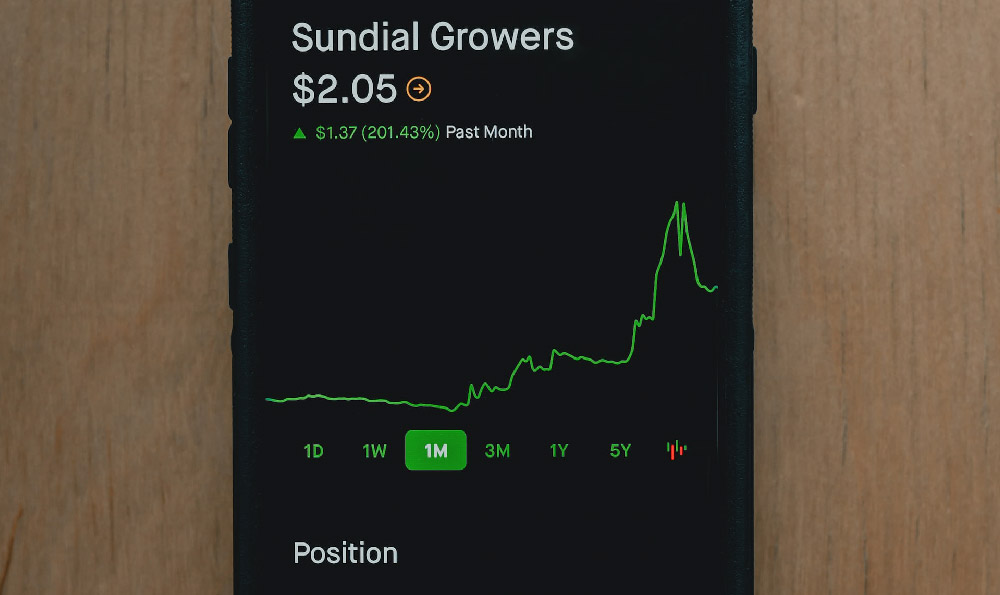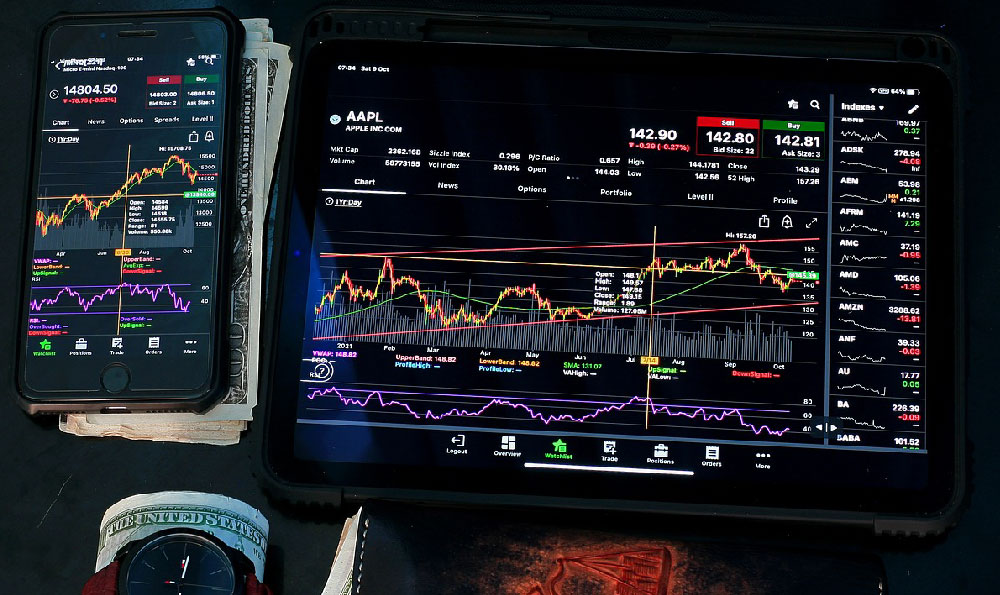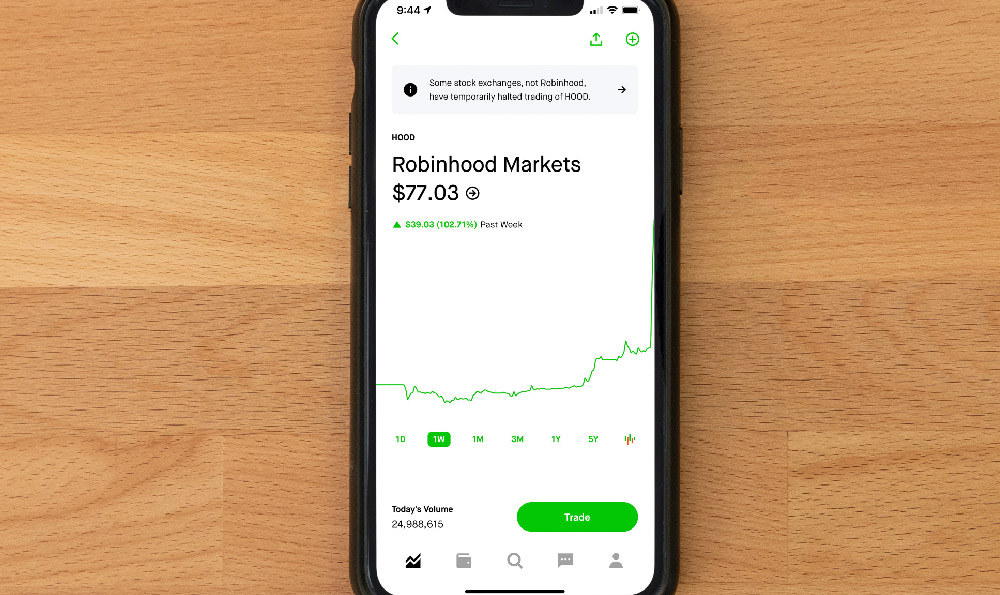WinRAR, a ubiquitous file archiver, enjoys a near-monopoly in certain sectors due to its long-standing presence and robust features. However, its revenue generation model stands in stark contrast to many contemporary software companies. Understanding how WinRAR generates revenue and sustains its development requires a deeper look into its business strategy, focusing on licensing, corporate sales, and indirect benefits.
The most direct, and perhaps surprisingly, impactful revenue stream for WinRAR stems from software licensing. WinRAR operates under a "try-before-you-buy" model. Users can download and use the software for an indefinite trial period, even after the trial expires. Despite this, WinRAR prompts users to purchase a license repeatedly. This persistent reminder, while seemingly innocuous, is a key driver of sales. The effectiveness of this strategy lies in the user's gradual acclimatization to the software and the eventual desire to eliminate the nag screen and, perhaps more importantly, to support the continued development of a tool they rely on. It is a testament to the quality and usefulness of WinRAR that many individuals and businesses eventually opt to purchase a license despite the software remaining functional without one. This essentially relies on a degree of guilt, professionalism, and support for the product. Individuals using it for personal projects might eventually buy it, while businesses relying on it are more than likely going to purchase the software to show that they aren’t breaching any potential copyright laws.
WinRAR's licensing structure also emphasizes corporate sales. Businesses and organizations require licenses for each workstation or user that utilizes the software. Volume discounts and tailored licensing agreements are often available, making WinRAR a compelling option for companies requiring reliable archiving and compression capabilities across their infrastructure. Corporate users typically need to adhere to strict licensing policies to avoid legal issues and ensure compliance. This makes purchasing licenses a necessity rather than an option. The reliability and long-standing reputation of WinRAR also play a crucial role in corporate adoption. IT departments often favor established software solutions that have a proven track record of stability and security.

Beyond direct licensing revenue, WinRAR indirectly benefits from its widespread use. The prevalence of the RAR archive format has made WinRAR a near-essential tool for many computer users. This widespread adoption contributes to WinRAR's brand recognition and reinforces its position as the industry standard for RAR file management. The company might not directly monetize every instance of WinRAR usage, but the sheer ubiquity of the software contributes to its overall market value and reinforces its long-term viability. This is a critical aspect of its revenue model: it thrives due to the need for it. As more and more people use RAR files, they need a program to open them, which usually turns out to be WinRAR.
Furthermore, although not widely advertised, WinRAR has several integration opportunities with other software or systems. It's possible the company engages in partnerships or licensing agreements with other companies who want to incorporate RAR archiving or decompression into their own products. While specific details on these partnerships may not be publicly available, such integrations could provide a significant revenue stream. One potential area for exploration is integration with cloud storage providers or content management systems. Imagine software companies embedding WinRAR’s capabilities into their own systems; This creates a revenue sharing opportunity.
The success of WinRAR's revenue model is also rooted in its commitment to continuous development and improvement. While the basic functionality of WinRAR has remained relatively consistent over the years, the developers consistently release updates to address security vulnerabilities, improve performance, and add new features. This ongoing commitment to quality and security reinforces WinRAR's reputation as a reliable and trustworthy software solution, encouraging users to purchase licenses and continue using the software. By regularly updating their product, they can entice those who had previously passed on buying WinRAR to reconsider purchasing it.
Analyzing WinRAR’s revenue stream would be incomplete without considering the company's relatively lean operation. Unlike many modern software companies that invest heavily in marketing and sales, WinRAR relies primarily on word-of-mouth and its established reputation to drive sales. This approach helps to minimize overhead costs and maximize profitability. It isn't as reliant on constant marketing to acquire customers. Because people know about it, most customers naturally come to the software.
In conclusion, WinRAR generates revenue through a combination of direct software licensing, particularly to corporate clients, and indirect benefits derived from its widespread adoption as the de facto standard for RAR file management. Its success is also attributed to its long-standing reputation, continuous development, and lean operating model. While the indefinite trial period may seem counterintuitive, it has proven to be a highly effective strategy for driving sales and sustaining the long-term development of this essential software tool. WinRAR offers an interesting case study of how a software company can thrive by focusing on providing a high-quality product and relying on its reputation and user loyalty to drive revenue, rather than aggressive marketing tactics. They allow the product to speak for itself, and it clearly works.












